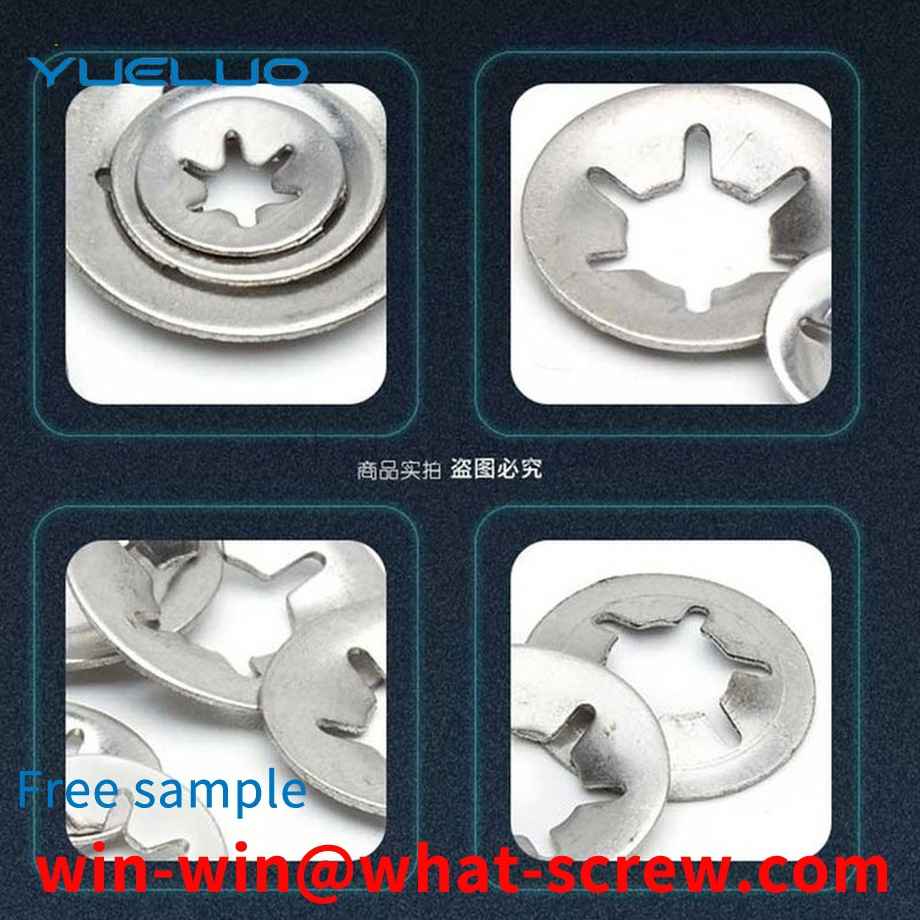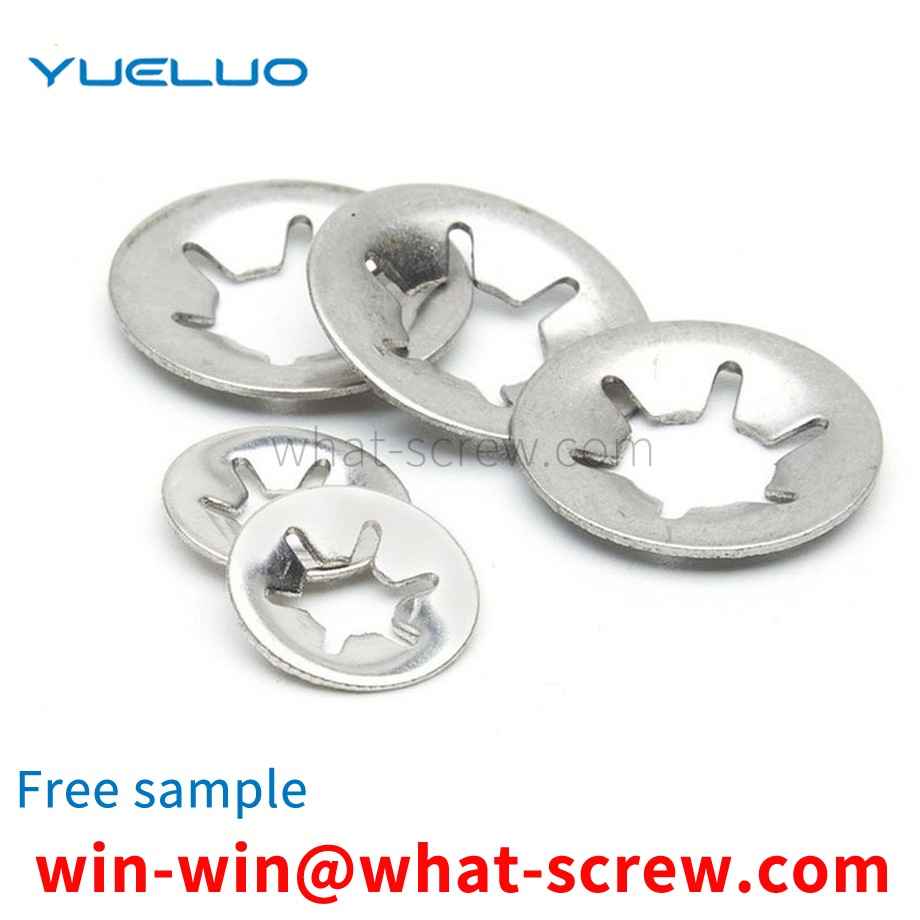At present, with the continuous improvement of microwave plasma chemical vapor deposition technology, researchers hope to obtain more excellent products by increasing the microwave power. During the use of the three screws, it is necessary to continuously adjust the length of the pins extending into the rectangular waveguide to make the reflected power of the system reach the minimum value and improve the stability of the system. Since the length of the three screws extending into the waveguide needs to be continuously adjusted with the change of the input power, and the adjustment state of the three screws cannot be recorded after the adjustment is completed, repeated adjustment is still required in the subsequent work, resulting in a time-consuming adjustment process. long and low work efficiency. Especially under high power conditions, the traditional three-screw dispenser has a high risk of microwave leakage. When manually adjusting, the human body is exposed to microwaves for a long time, which has certain potential safety hazards.
Knurled copper nuts are mainly used for injection molding, hardware springs, special-shaped springs, craft gift springs, battery spring sheets, spring antennas, key rings, phosphor bronze spring CNC automatic lathe turning parts (copper car parts, iron car parts, aluminum car parts) , metal stamping parts, electronic hardware, iron shaft, single flower shaft, multi flower shaft, iron pin, non-standard screw and nut, connecting parts, fasteners, wire forming (metal wire business card holder, model aircraft landing gear, S hook , R-type latch, triangle buckle, D-type buckle) and other hardware products belong to the copper nut series.
Blind rivets are a type of rivets for single-sided riveting, but they must be riveted with a special tool - a rivet gun (manual, electric, and moving). This type of rivet is especially suitable for riveting occasions where it is inconvenient to use ordinary rivets (which must be riveted from both sides), so it is widely used in construction, automobiles, ships, aircraft, machinery, electrical appliances, furniture and other products. Among them, the open type oblate head blind rivets are the most widely used, the countersunk head blind rivets are suitable for riveting occasions that require smooth performance, and the closed blind rivets are suitable for riveting occasions that require higher load and certain sealing performance.
The flat key transmits torque on the side, has good neutrality, is easy to assemble and disassemble, and cannot realize the axial fixation of the parts on the shaft. Ordinary flat key: Type A, Type B, Type C, Type A is used for shaft grooves machined by end mills. The key is well fixed axially in the groove, but the stress concentration caused by the groove on the shaft is large; Type B is used for disc milling cutters. The machined shaft groove, the stress concentration of the shaft is small; the C type is used for the shaft end; it is suitable for high-speed, high-precision or occasions under variable load and impact, such as fixing gears, sprockets and other rotating parts on the shaft. Guided flat key: The key is fixed on the shaft with a screw, the key and the hub groove are in dynamic fit, and the parts on the shaft can move axially. For the convenience of starting the key, there is a key-starting screw hole. Use the occasions where the axial movement of the parts on the shaft is not large, such as the slip gear in the gearbox. Feather key: The key is fixed on the axle, and the parts on the shaft can move axially with the key; it is used in the occasions where the axial movement of the parts on the shaft is large;
The following standards contain provisions which, through reference in this standard, constitute provisions of this standard, and at the time of publication of this standard, the editions indicated were valid. All standards are subject to revision and parties using this standard should explore the possibility of using the latest edition of the following standards. GB/T90-1985 Fasteners Acceptance Inspection, Marking and Packaging -1985 Cross recessed screws GB/T1237-2000 Fastener marking method GB/T3098.1-2000 Mechanical properties of fasteners Bolts, screws and studs GB/T3098.6-2000 Mechanical properties of fasteners, stainless steel bolts, Screws and studs GB/T3098.10-1993 Mechanical properties of fasteners Bolts, screws, studs and nuts made of non-ferrous metals GB/T3103.1-1982 Fastener tolerances Bolts, screws and nuts GB/T3106-1982 Bolts , The nominal length of screws and studs and the thread length of ordinary bolts -2000 Fastener surface defect bolts, screws and studs, general requirements GB/T16938-1997 Fastener bolts, screws. Studs and nuts general technical conditions
We have many years of experience in the production and sales of screws, nuts, flat washers, etc. The main products are: Claw ingot nuts, left-tooth reversed nuts, fine-toothed high-strength hexagonal nuts, countersunk head flat head cross machine screw bolts and other products, we can provide You have the right fastener solution for you.



















 Service Hotline
Service Hotline




